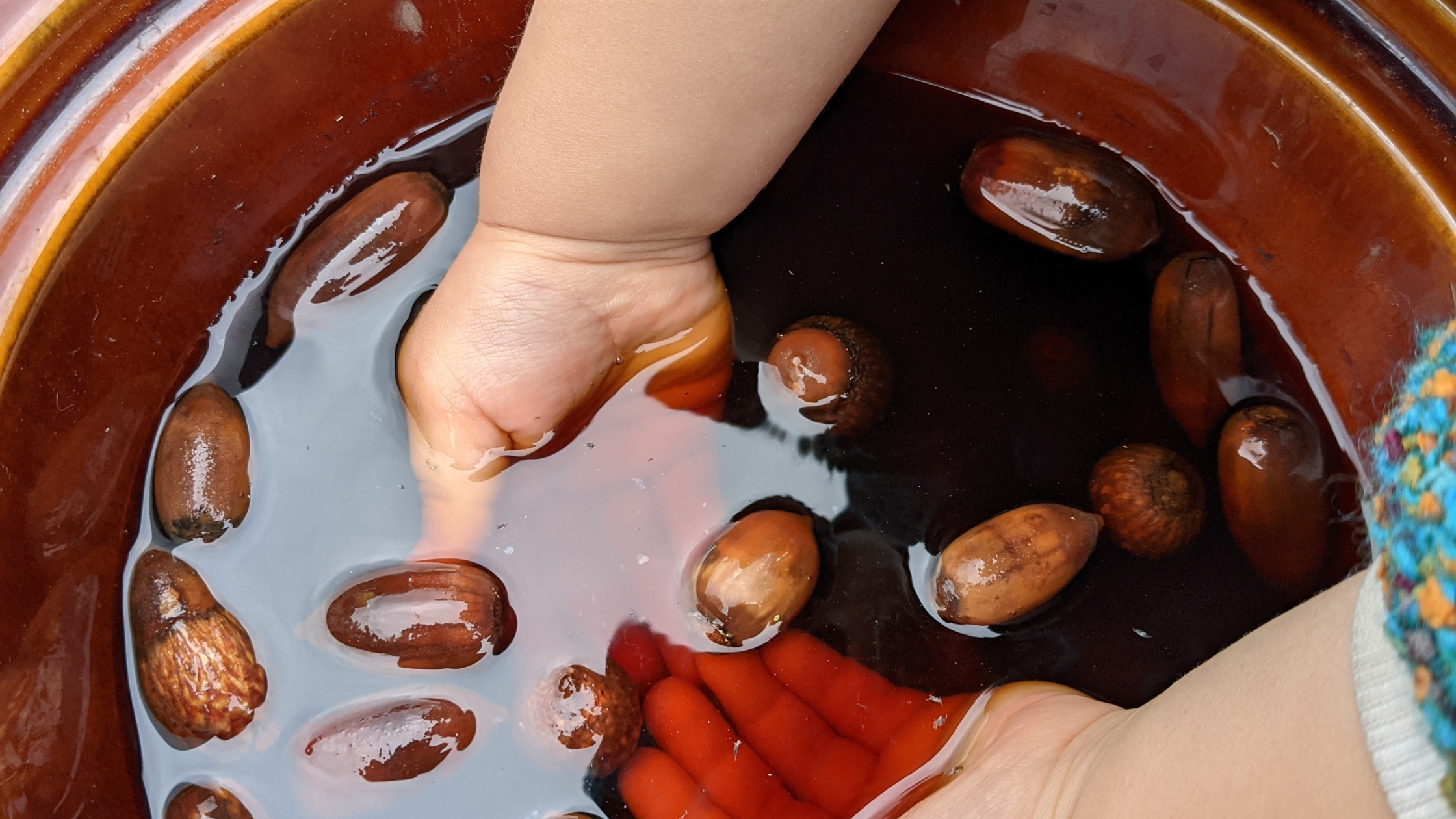
When are Babies Ready for Solid Foods?
Do you have a teething toddler in your home? Is she ready for solid foods? Let Ecopiggy help you along your green-parenting journey, as we answer the question, "When can baby eat solid food?"
We are a foodie family and we sit for most meals together. There came a point when our children were no longer going to accept sitting in a highchair at the table without participating in the eating of what everyone else was enjoying--they were showing signs of being ready for solid foods. We started with soft foods that could be fed to our child using a toddler spoon–baked sweet potatoes, avocado, mushy peas. Quickly after starting such food adventures, our children wanted to “feed themselves”. Half of which didn’t make it to their mouths. This can feel frustrating, especially when you have spent special time cooking up their homemade baby food. Struggles between tired parents and teething toddlers who are craving independence can be brutal. We advise not entering this battle of control. Instead, hand them an utensil to hold AND keep feeding them. Win Win. They feel a sense of independence and you get to confirm their belly receives sustenance, rather than the floor.

Is your child READY for solid food?
First of all, children do not need to have teeth before they can start eating . Their gums are strong and capable of mushing foods. Need proof? Stick your finger in the little one’s mouth and feel the strength yourself. Yep! Now, let’s talk about the real signs of your child being ready.
- Can your child pinch or grab food between their thumb and forefinger–have they developed their pincer grasp?
- Can they sit up independently?
- Are they showing interest in solid food?

How do you know when your little teether is INTERESTED in solid food?
There is no scientifically proven age when your child “should” start solid foods. Instead, focus on whether or not they are showing interest. Within our family there was no question whether Alex was ready or not for solids. His desire to be included in the family meal, and receive his own portion of what everyone else was eating was clearly communicated by loud caveman-like grunts, and determined pointing. His interest in solid foods was made clear.
Know the signs that your child is interested:
- Caveman-like grunting, or other fussing while others are eating solid foods.
- Grabbing utensils, and putting them in their mouth.
- Reaching for the bowl or plate during meal time.
Once you’ve determined that your child is interested and ready for solid foods, start simple. It’s a good idea to try one new thing at a time. Homemade pureed foods–applesauce, sweet potato, banana–are a great way to begin. Start with a small amount at a time to test whether your little one is interested–reaching for more or throwing it on the floor? If they refuse more than a bit, don’t cross the food off your list yet. It can take a few tastes throughout the week, before they show signs of enjoying a flavor.

My kiddos were not interested in purees. They wanted what the rest of the family was eating! For our family baby-led weaning was a more successful experience. For example, instead of mushed up avocado, our little ones preferred to have small pieces of avocado that they could try to fork or pincer into their mouths.
The following foods were some of our favorites, and are filled with healthy nutrients:
- Avocado
- Broccoli
- Carrots
- Sweet Potato
Many families also introduce eggs, salmon, and yogurt to their teething toddlers who are ready for solid foods.
My daughter's absolute first favorite, and still favorite 12 years later, was shepherd's pie. The mashed sweet potato topping, the happy organic ground beef, and soft peas were a great introduction to sharing the family meal. Find the recipe on our affiliate site, www.mealmavenmama.com
Still preparing dinner and need to keep your little one entertained in their highchair while you finish the meal? Try leashing one of our Ecopiggy EcoTeethers to their tray. They can throw it off, and then pull it back up to themselves. And in between the up and down, they can take a teething break to get those new teeth prepped for eating!





Leave a comment
This site is protected by hCaptcha and the hCaptcha Privacy Policy and Terms of Service apply.